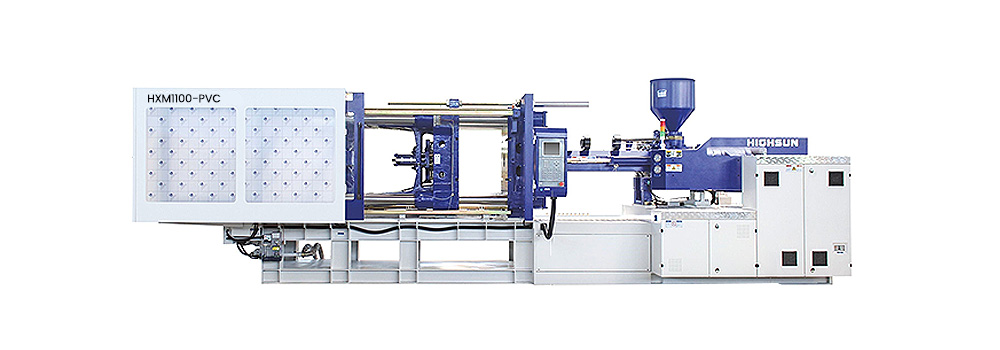Analysis of common material problems in injection molding machine
1. Activity traces
Streaks with different gloss appear on the surface of the molded product. Generally speaking, there are:
1. Recording stripes with narrow intervals;
2. There are relatively wide spaced stripes in the same phase on the top and bottom of the molded product;
3. There are three types of relatively narrow spacing stripes with different phases appearing on the surface of the molded product.
Solutions include: adding pure monomer resin, advancing injection speed, mold temperature, increasing the injection port, advancing resin temperature and injection rate, advancing molding temperature, mold temperature or decreasing injection speed, etc. By advancing the injection speed and mold temperature are both useful.
Second, poor mold release
Poor releasability means that the molded product is difficult to remove from the mold or is completely deformed during the removal process. Adhesive materials can easily cause this problem, but the method of adding a mold release agent to the material or coating a mold release agent before molding can be improved. Lack of cooling of molded products (lack of solidification) also easily causes such problems, so it is very necessary to sufficiently cool molded products. In addition, the unreasonable mold design will also cause difficulty in demolding, especially in the parts that are easy to stick to the mold, such as the injection port and the injection channel. useful.
Three, aging
Phenomenon: The mechanical properties of the product are significantly reduced, and the appearance of the product is flawed
Reason: Compared with inorganic materials and metal materials, polymer materials have poorer heat and ultraviolet resistance, causing product aging. The mechanical properties of most products are significantly reduced due to aging, and the appearance quality is deteriorated.
Solution: By cooperating with stabilizers such as heat resistance and weather resistance, and by adding ultraviolet absorbers and light stabilizers, the onset of aging can be restrained to a certain extent.
Four, uneven color
When using a master mix of thermoplastic elastomer particles and dry blends as pigments for coloring, the uneven color of the molded product simply appears. As a countermeasure, the back pressure of the forward screw and the kneading when strengthening the filler are useful.
5. Whitening phenomenon: refers to the stabilizing agent and other co-agents moved to the surface of the molded product, and the surface appears a white phenomenon like powder
Reason: It is mainly caused by excessive coordination of stabilizers or incompatibility with polymers.
Solution: When this type of problem occurs, a stabilizer with excellent compatibility with the polymer should be selected or the amount of stabilizer should be controlled in the best plan. Secondly, it is also very useful to replace it with a stabilizer with a high molecular weight. In addition, there are stabilizers that perform their functions by moving to the surface of molded products.
For example, antistatic agents, lubricants, etc. For this kind of stabilizer, it is very necessary to choose a stabilizer that is difficult to whiten even if you move. The problem of whitening rarely occurs when used in a general environment, but in high temperature, humid, and long-term outdoor use, it is very necessary to add heat-resistant stabilizers and weather-resistant stabilizers to advance durability. Especially at high temperatures, it is very easy to cause changes, so the choice of stabilizers is also very important.

 ENG
ENG  English
English русский
русский Español
Español Português
Português عربى
عربى









 +86-188 6861 6288
+86-188 6861 6288 haixiong@highsun-machinery.com
haixiong@highsun-machinery.com No.36 Yongjiang South Road, Beilun District. Ningbo City, 315800, China
No.36 Yongjiang South Road, Beilun District. Ningbo City, 315800, China